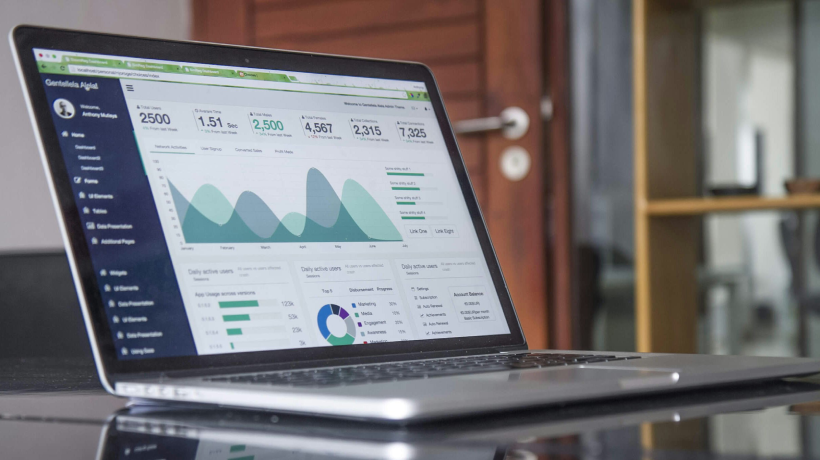
In a world where digital technologies are changing the way we invest, robo-advisors and trading robots are becoming increasingly popular. But what are they exactly and how do they work?
Trading robots are automated software that use algorithms to analyze market data and make trading decisions. These robots have become increasingly popular in recent years, thanks to their ability to analyze large amounts of data in real time and to perform trading operations quickly and efficiently. They can be a great tool for traders looking to maximize their earnings and reduce the risk of human error. However, it is important to use them responsibly and with a good understanding of how they work and the potential risks associated with their use.
There are many advantages in using trading robots. Firstly, these programs can be very useful for traders who do not have the time or knowledge to analyze the markets effectively. Secondly, they can be used to reduce the risk of human error and to automate some repetitive tasks.
However, there are also some concerns about the use of trading robots. In particular, some industry experts fear that these programs may be too sophisticated for inexperienced traders, or that they can be easily manipulated by malicious people.
To mitigate these risks, it is important that traders using trading robots pay close attention to selecting the right software for their needs. They should also be ready to constantly monitor their trading robots, so that they can intervene in case of problems or anomalies.
Ultimately, trading robots can be a great tool for traders looking to maximize their earnings and reduce the risk of human error. However, it is important to use them responsibly and with a good understanding of how they work and the potential risks associated with their use.
Robo-advisors are online platforms that use algorithms to provide investment advice and manage investment portfolios in an automated manner. These algorithms analyze investor profile data, such as age, risk tolerance and investment targets, to suggest the best investment strategies.
This means that robo-advisors can be an attractive option for investors looking for a simple and efficient way to invest, without having to spend much time or energy on research and analysis of financial markets. But robo-advisors are also able to offer more diversification and better risk management than traditional financial advisors. Because robo-advisors use automated algorithms, they are able to constantly monitor financial markets and make changes to investment strategies in a timely manner.
In addition, robo-advisors are also very cost effective. While traditional financial advisors can charge high fees for their services, robo advisors often offer much lower operating costs. This means that investors with limited capital can also benefit from asset management services.
However, there are also some potential disadvantages in using robo-advisors. Because these investment tools are automated, they do not offer a personalized consulting experience. Moreover, since the algorithms used by robo-advisors are based on historical data, they may not be able to accurately predict the behavior of financial markets in the future.
In summary, robo-advisors are one of the most attractive investment solutions available today. They offer automated portfolio management, lower management costs and greater diversification and risk management than traditional financial advisors.
However, it is important to carefully assess your investment goals and risk tolerance before choosing to use a robo-advisor as an investment tool.
Trading robots, also known as trading algorithms or trading bots, are computer programs that use complex algorithms to analyze market data and make trading decisions independently. In other words, trading robots seek to earn profit by buying and selling financial instruments, such as stocks, bonds, currencies and commodities, based on technical indicators, price models and other variables.
Robo-advisors, on the other hand, are digital platforms that use algorithms to automatically manage users' investment portfolios. They analyze investor profile data, such as risk tolerance, investment objectives, and age, to suggest appropriate investment strategies and manage the investment portfolio continuously.
They are designed to offer automated financial advice and asset management, with generally lower management costs than traditional financial advisors.
The main difference between trading robots and robo-advisors is that the former focus on generating profits through trading financial instruments, while the latter focus on managing user investment portfolios in an automated manner. While trading robots can be used by experienced investors to generate short-term profits, robo-advisors are designed to provide a long-term automated investment solution, which can also be suitable for less experienced investors or with less capital.

Viola Meacci, student of Biomedical Engineering at the University of Pisa, has always been interested in the world of journalism. In her job, she explored the world of blockchain, cryptocurrencies, NFT and metaverse which she now very is passionate about it .





